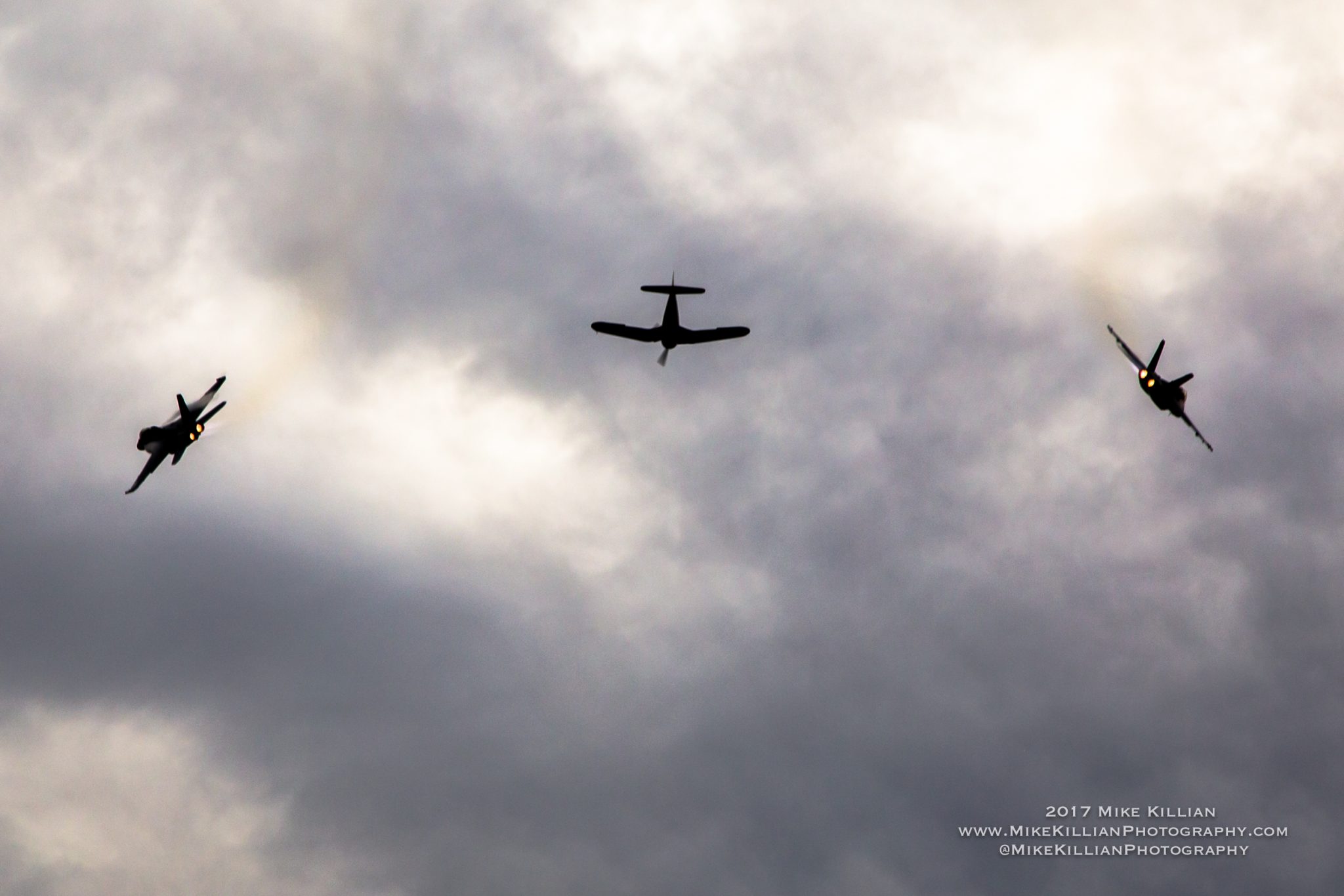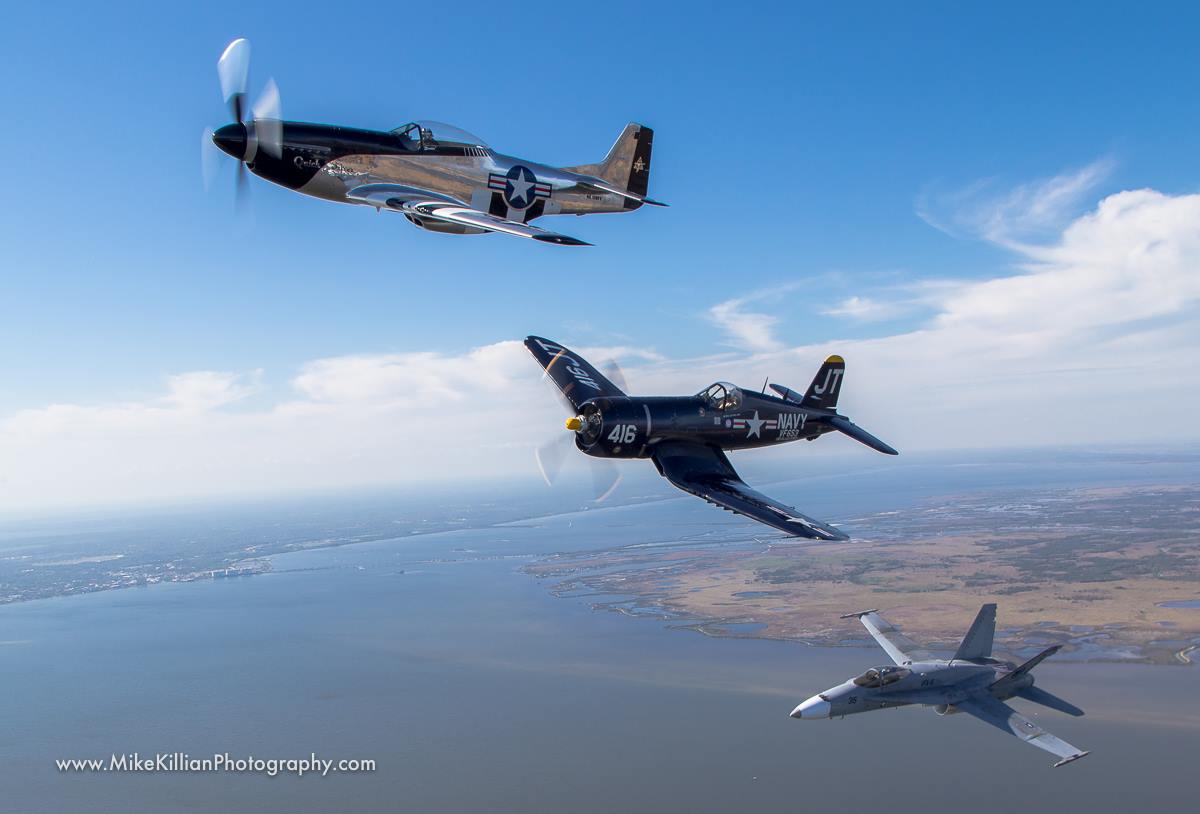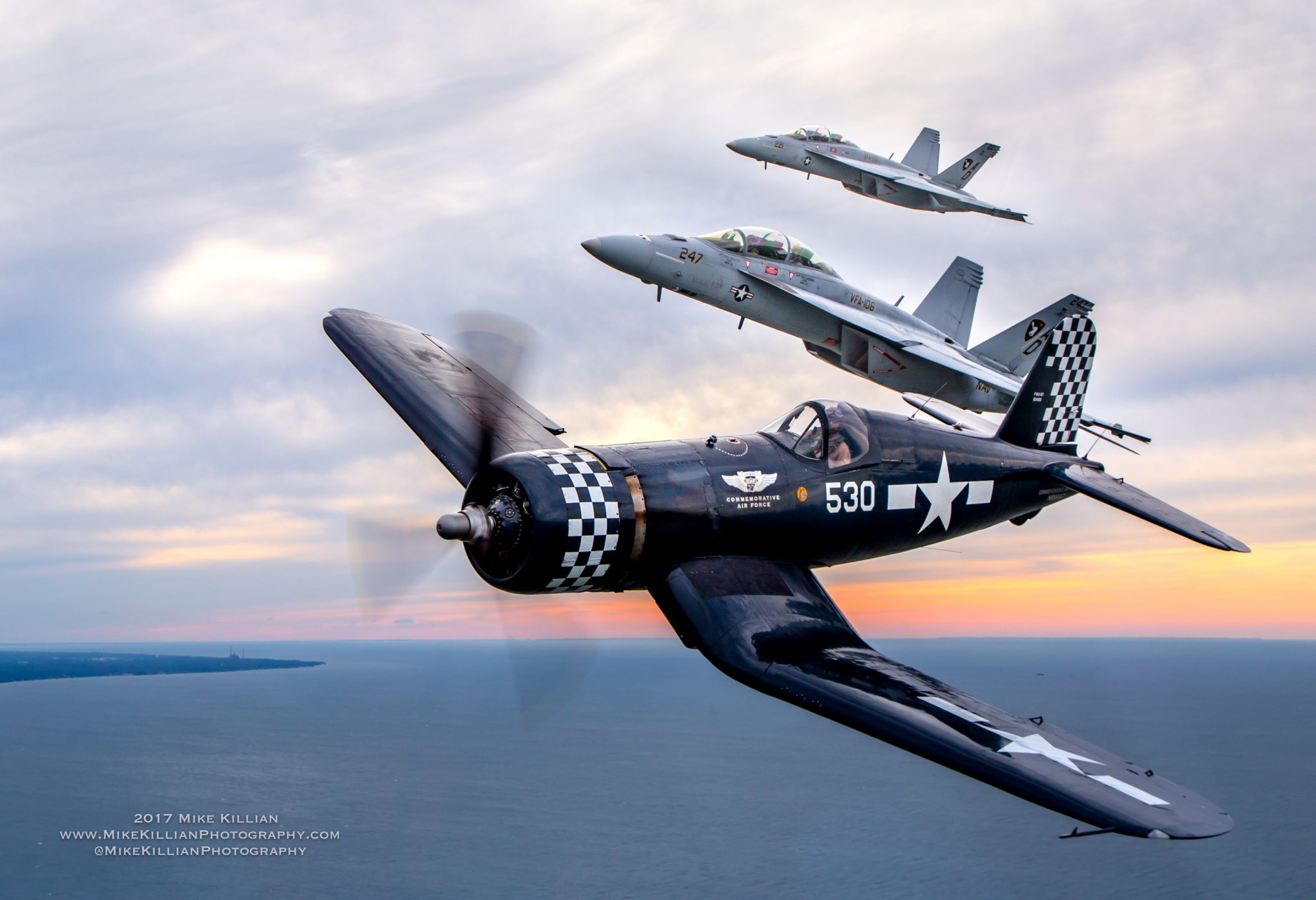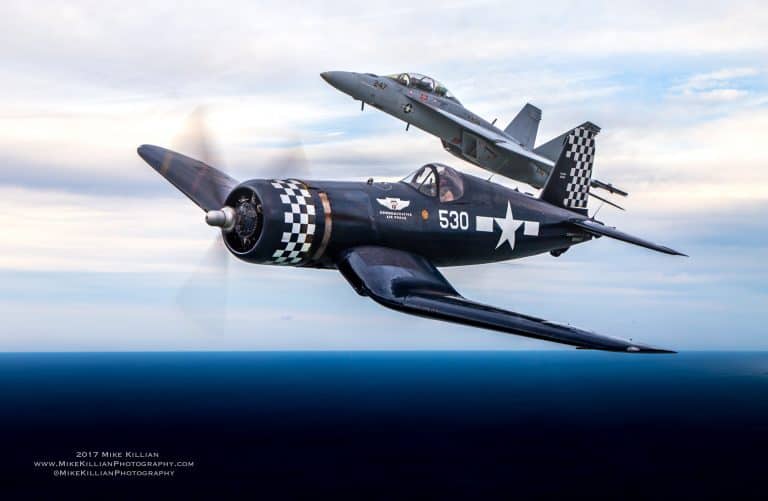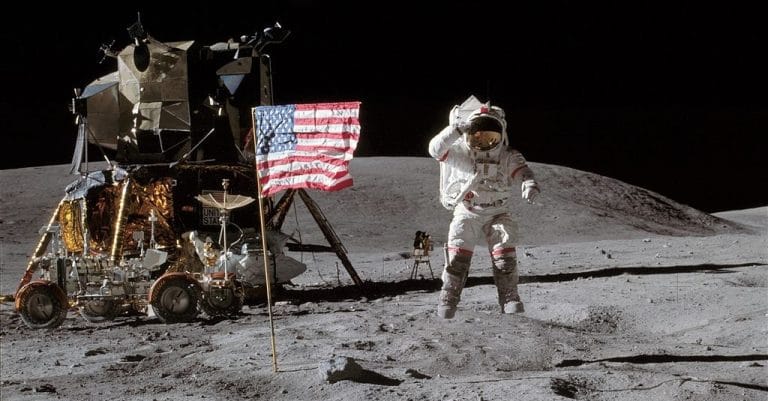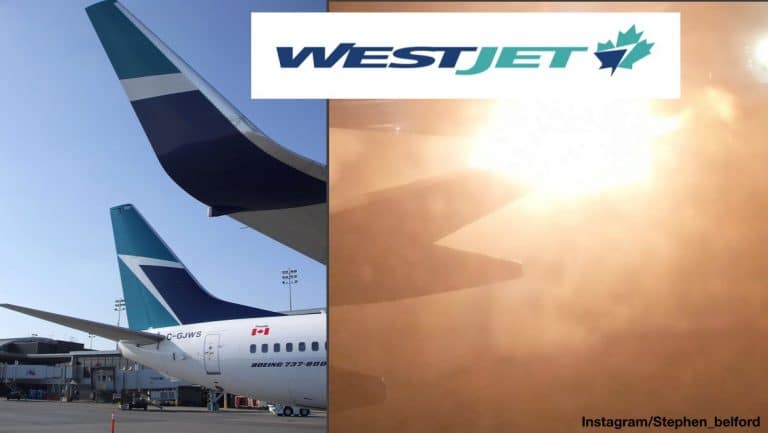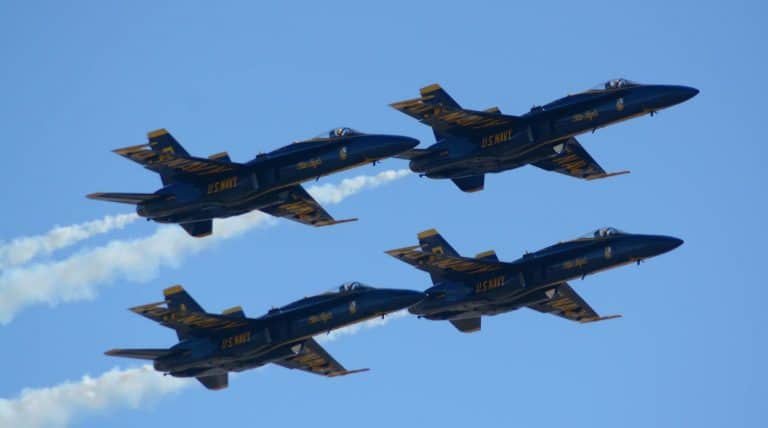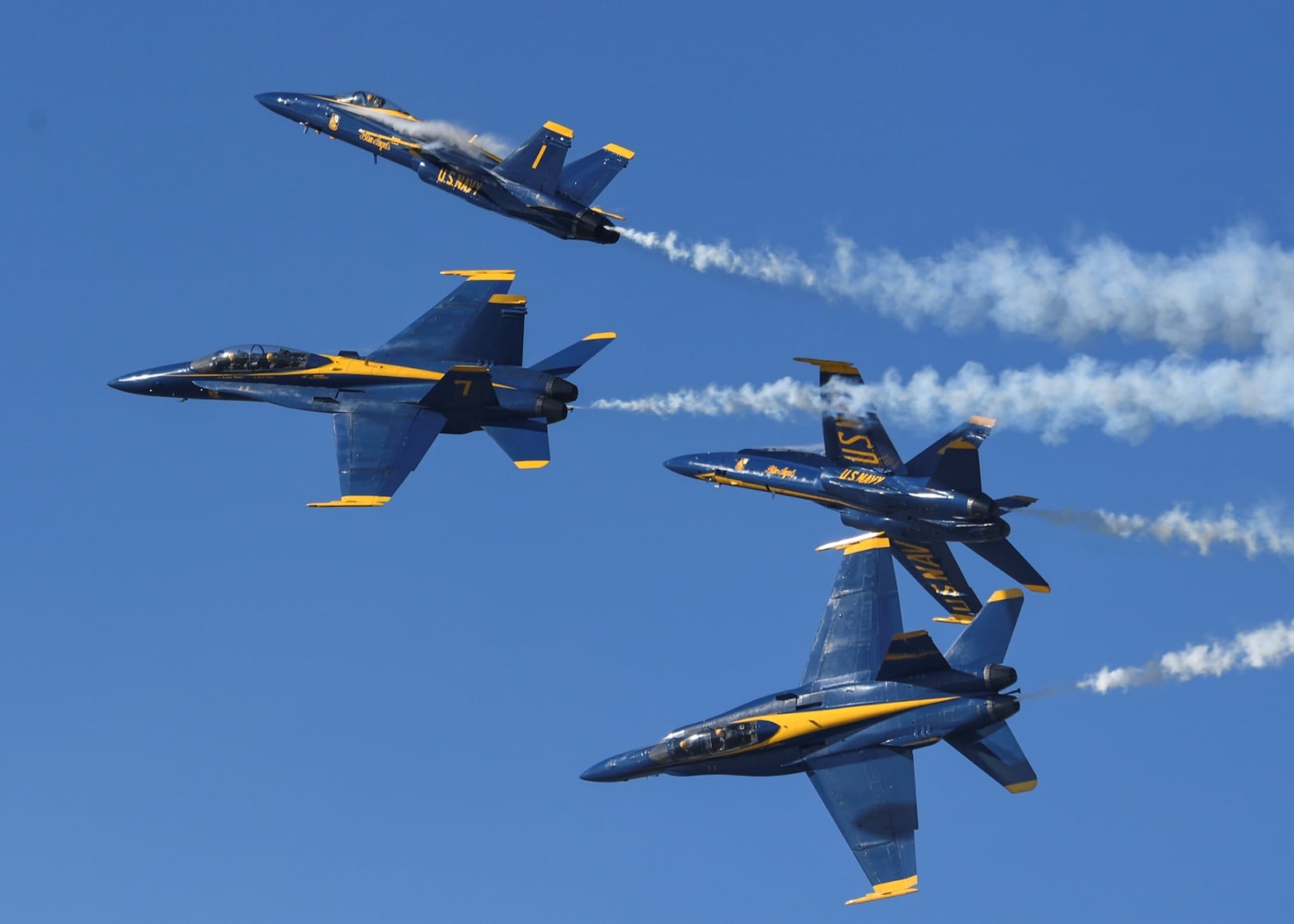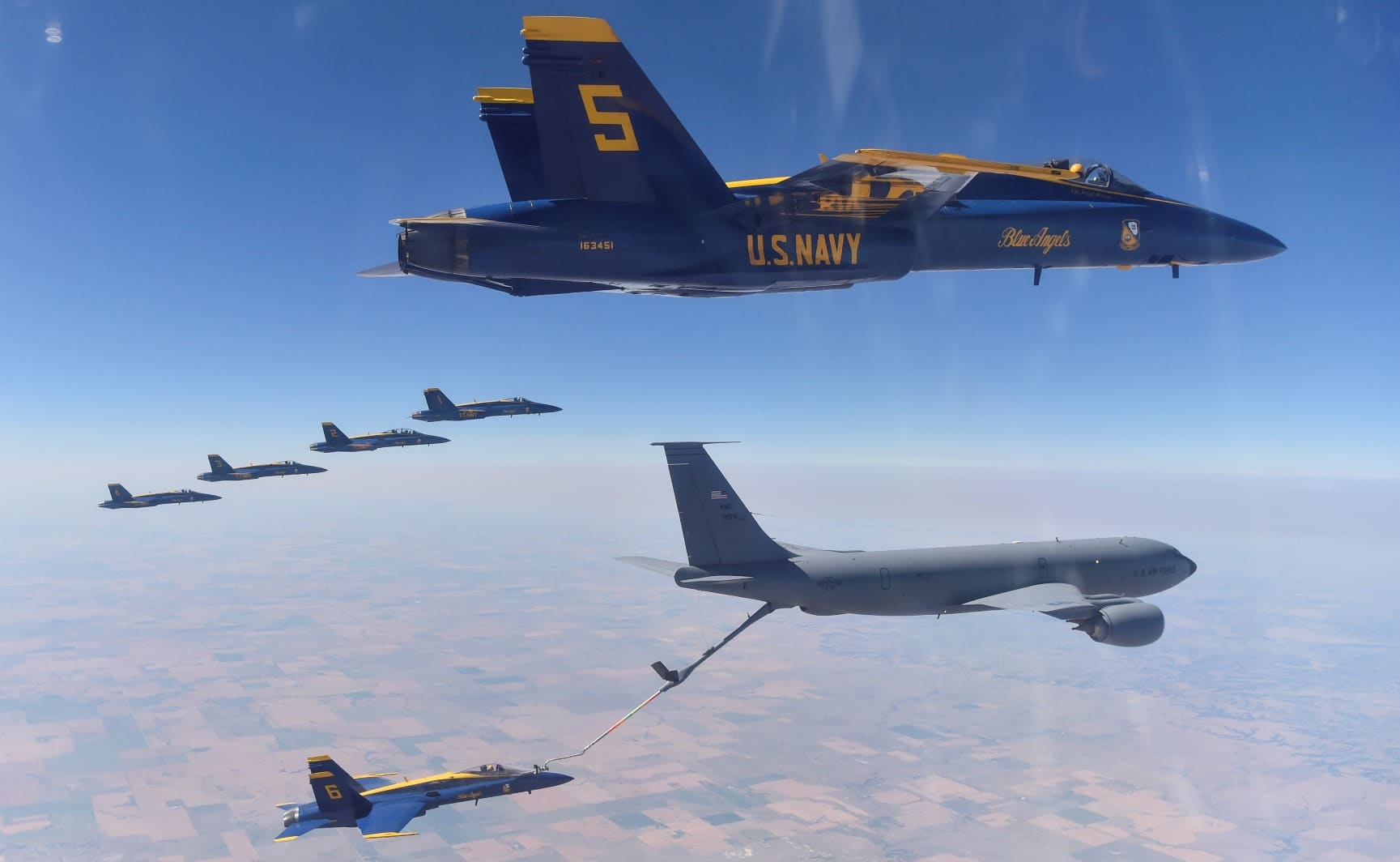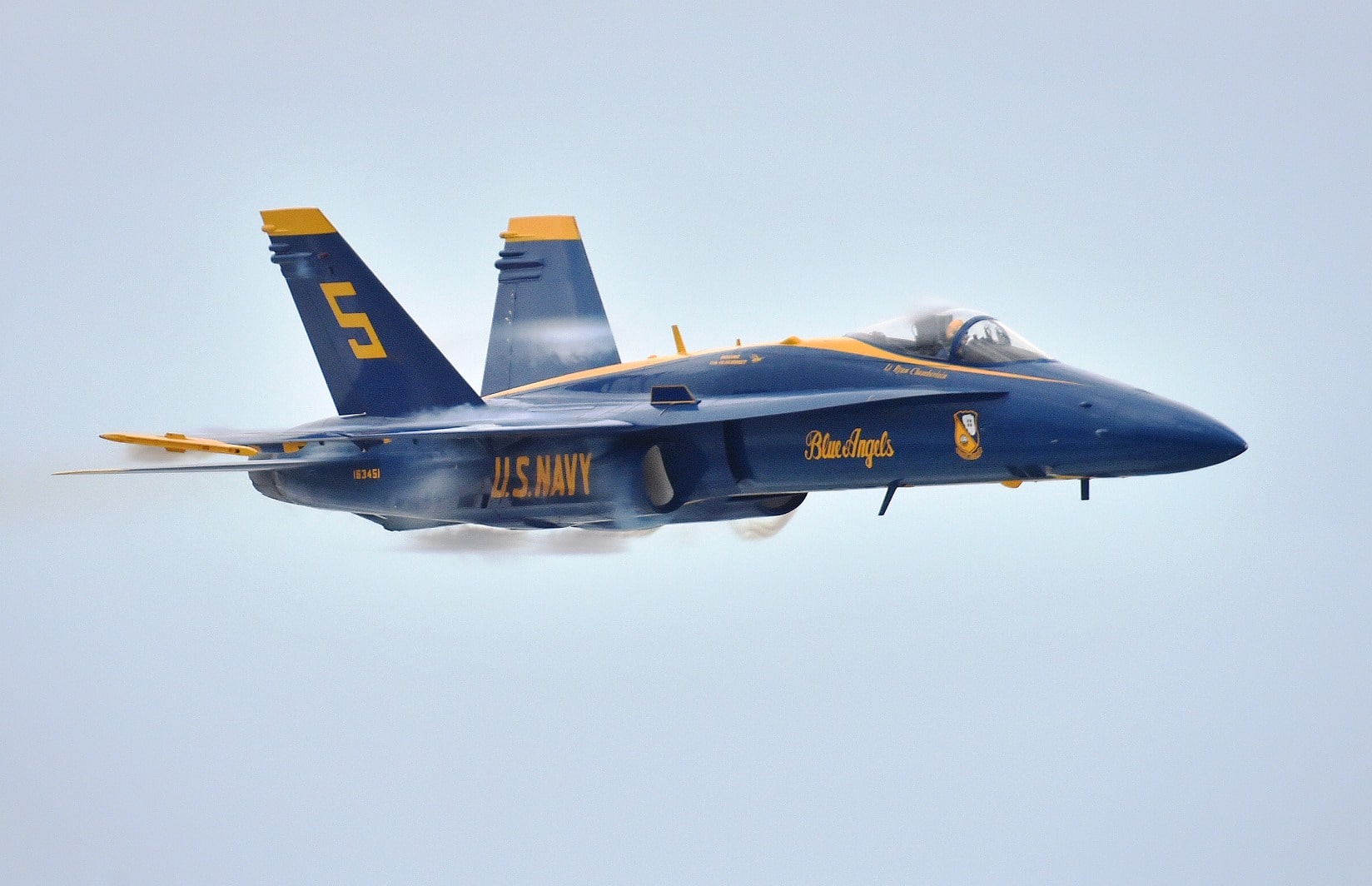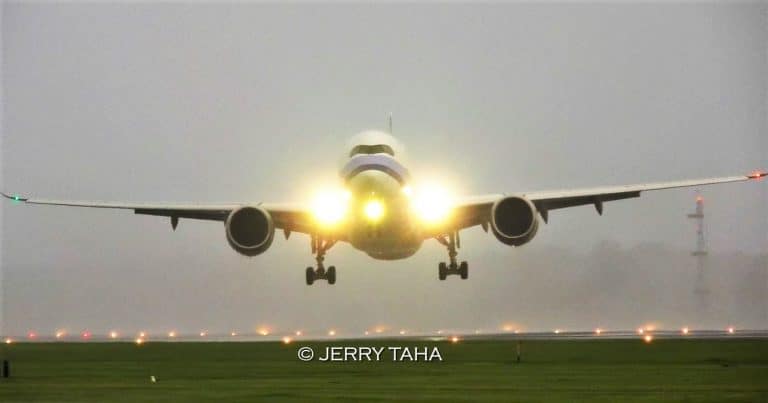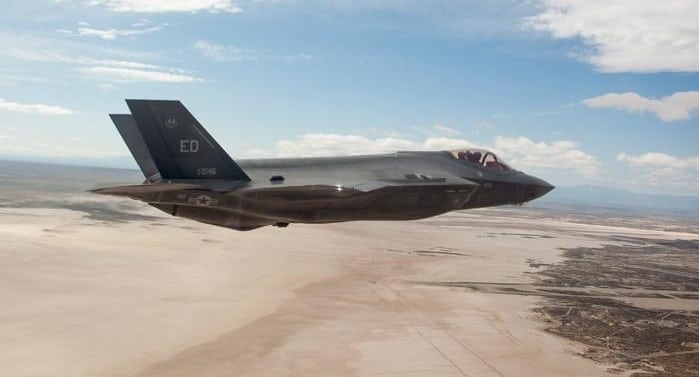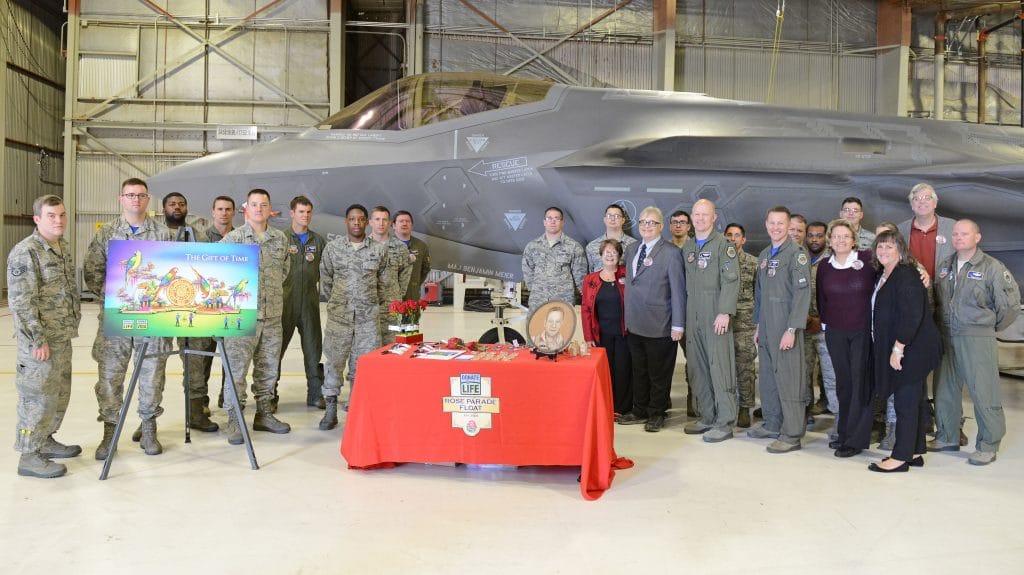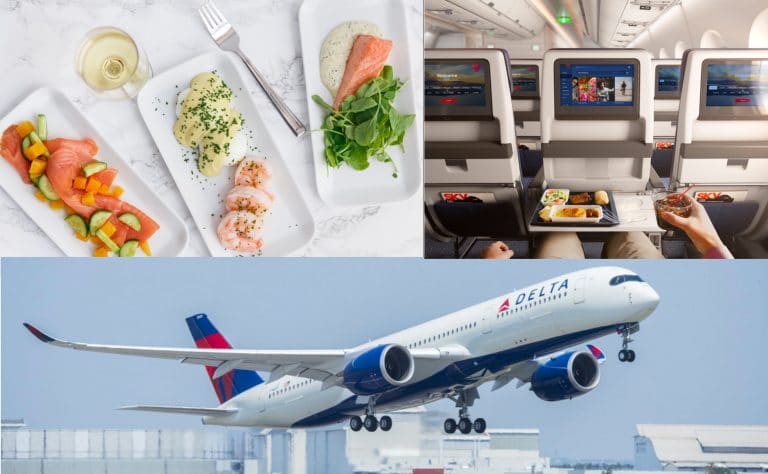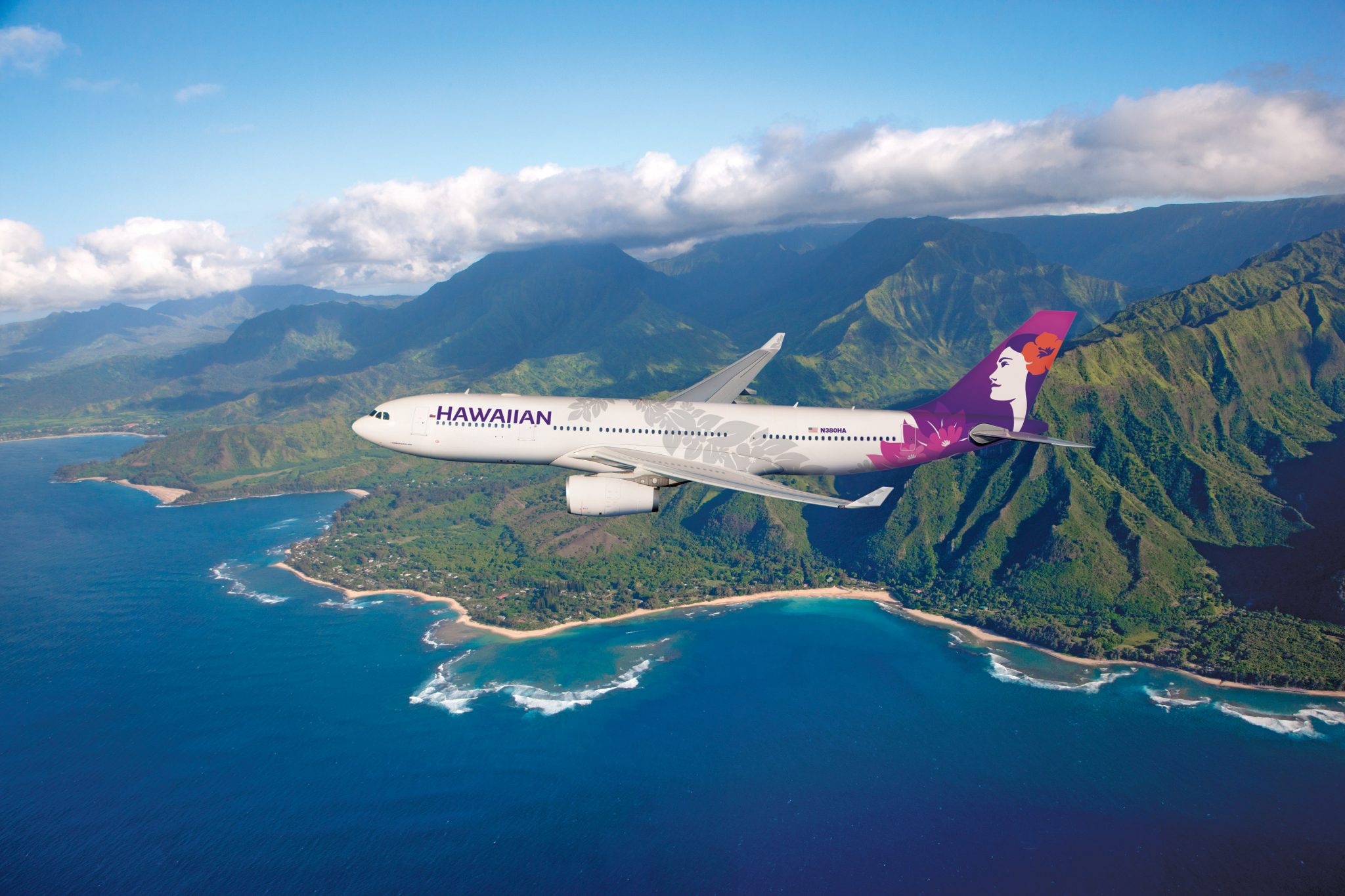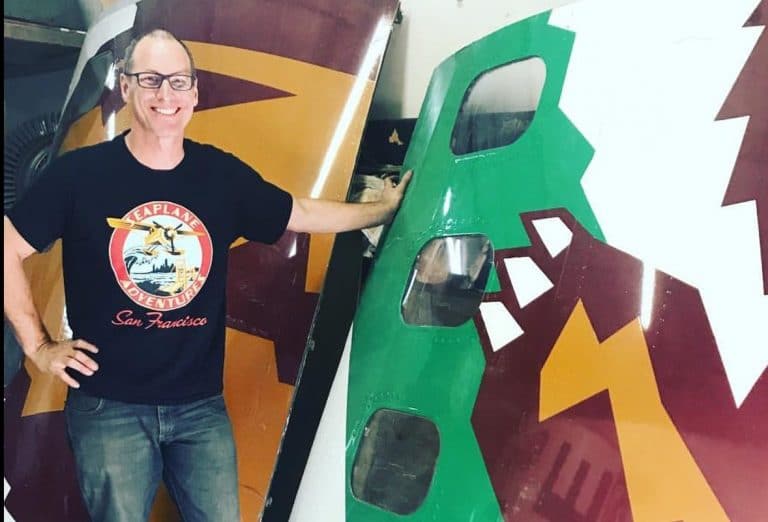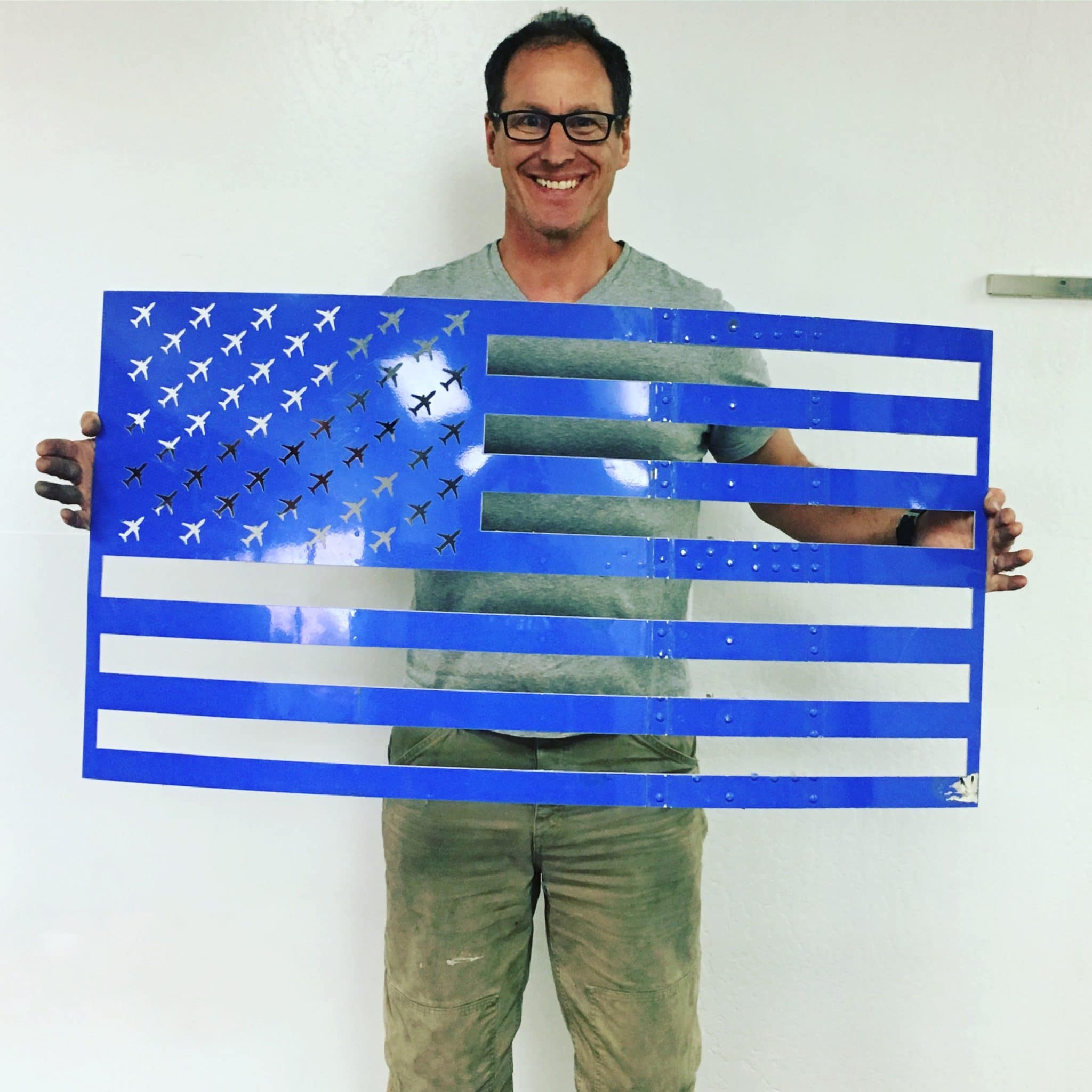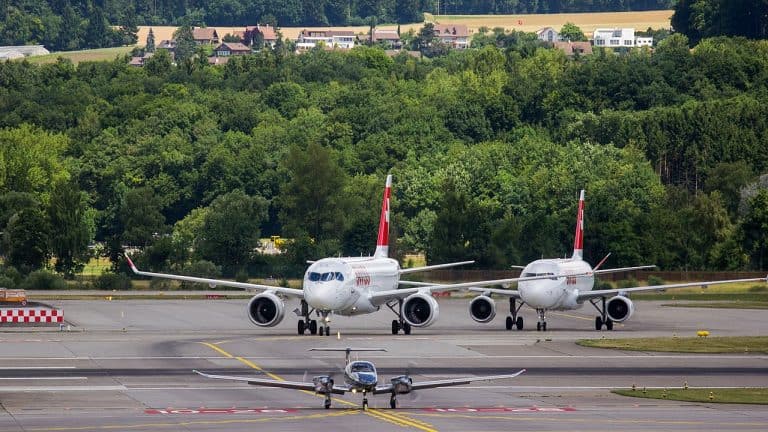Avgeekery recently had the opportunity to chat with Lance from WyldeByrd Art. He is a pilot and artist who takes aircraft skins and turns them into beautiful pieces of art. We’re excited to share his story.
1.) Hey Lance! We’re excited to chat with you and learn about your business. Tell us a little about what makes you an avgeek.
I started my love for aviation as a kid in Sioux Lookout, Ontario, Canada. It is a busy hub for local aviation with light twins and float planes. If you have ever heard a Dehaviland Beaver flying overhead at first light it can either do two things: Inspire a call to the office of the business to complain, or create the memory of home and the desire to run outside to the first sound of a radial engine flying over. Now that I live near the Commemorative Air Force in Mesa, Arizona, I still stop and look up and remember my childhood home in Canada.
2.) How did you get started in aviation?
This answer leads back to the first question. My parents, Howard and Sandra Lockhart, started their own aviation business in Northern Ontario, Lockhart Air Service. Before I had a pilot’s license, I was the builder at their business on my college summer break. They had a Cessna 180 and a DHC-2 Beaver. The funny part was I didn’t fly in the planes very often, I was too busy building. A few years later, I dropped out of full time studies and started working on my ratings and licenses. Eventually, I was the new ‘green horn’ flying the C180 on local luggage only flights. It didn’t take long to move up to the DHC-2 and flying on floats and skis in some of the most challenging flying in the area.

3.) Everyone has a crazy flying story from back when they were young, what’s yours?
This again connects to flying float planes and being a bush pilot. I was up at Lake River in Polar Bear Provincial Park on James Bay, Ontario. The location was above the tree line with coastal rivers only to land on. This was before GPS with only map reading and the occasional ADF station. On this particular day, I found a small hole in the rear float of the plane, almost sinking the plane at the dock in Fort Albany, as well having to make an extra flight that left me flying later than planned. Later that day, I got caught in a near whiteout with snow, falling ceilings, and darkness. Without ceiling or visibility, I had to land the airplane on a sliver of a river.
There wasn’t a pre-landing check, this was a “land now and pray later” event. I had one passenger with me who didn’t speak English and a plane load of snow goose for the spring harvest. During the flight, he would nod and point his hand if he saw me flying off course. We landed in the river and I could just imagine what he was thinking. There was no dock, only mud to drive the plane onto for the night and secure it. Eli Meeket spent several weeks at the goose camp without showering, and I had nervously shaken myself into my own funky smell.
If anyone can relate to the leg shaking on the rudder pedal, yep that was me with about 1000 hours of flying experience. The two of us tried to find shelter in an old trapper’s tent with a pot-bellied stove. We took turns keeping the fire burning. Between the snow, stepping into the mud (almost losing my boot), and having to sleep back to back to keep from freezing, yep that was a fun flight. And the next day… wow… I could go on!
4.) And you ended up as a captain at Southwest Airlines. Tell us about flying the mighty 737. What was your most memorable flight?
I have enjoyed the position as a Captain for Southwest, really who wouldn’t? It really is everything people think it is: fun, challenging, working hard, and playing hard together. As well flying the Boeing 737, being a prior bush pilot the configuration of Southwest suits my personality. One class of seating, treating everyone the same, work work work, and living the dream. The 737 is predictable to fly, once you get to know the performance of the plane being too high or fast isn’t the planes fault, or ATC (mostly but sometimes under my breath) it is responsibility of predicting performance for the pilot. I love that challenge where your math predictions are constantly updating, just as I love the Rubrik’s Cube as a teenager. 
As for my most memorable flight, it was a few years ago as a first officer on a 737-500 model and we experienced smoke in the cabin. From memory, I had flown four different -500s airplanes that day with three different Captains. (I remember it was an Instagram highlight!) Flying from Austin to Dallas at night on climb out, we received cabin notifications from the flight attendants and began to smell the smoke simultaneously. As I was the flying pilot that segment, we began emergency procedures and returned immediately to Austin.
The Captain performed immediate action items as well as the Quick Reference Handbook checklist (QRH). I was tasked with flying single pilot wearing the oxygen mask back to Austin, communicating with ATC, configuring the aircraft and landing. It is something pilots practice in the simulators, but doing it real life sounding like Darth Vadar, but isn’t as sexy or as fun. The flight was a back-page mention in local news and the USA Today online regional section. I googled it, other flights I have had didn’t make a blip. This is the life of being a pilot, we train for days like this and the satisfaction is the seat at the hotel later on telling pilot lounge stories and replaying the event in your mind ensuring the choices you make were correct.
5.) In addition to your flying career, you have an incredibly unique business. Tell us a little about it.
Well, Wyldebyrd Art, is the business. It’s named after my kids, Lucas Wylde and Judah Byrd. I take the carpentry and craftsmanship I learned along the way and I apply it to reclaimed aviation pieces. I make aircraft art affordable to the average home, and I still sell my original product – a $10 original key chain from aircraft skin. Now, I’ve uniquely designed, created and assembled more than 600 items on my Etsy page, wyldebyrdart. I love repurposing these pieces, connecting with aviation history, and hearing stories from my customers.
6.) Every artist has to purchase their supplies, you buy decommissioned airliner parts as your medium. How do you actually go about purchasing plane parts?
I started like everyone else on the outside looking in. I searched eBay, Craigslist, the dumpster bin, everywhere. On one trip to Kenmore (which I am a huge fan of because of the flying a DHC-2 with a dozen of the modifications), I asked to dumpster dive their metal scrap bin. I mailed home a box with 20 lbs of goodies I still incorporate into my three letter airport identifier pieces. Now, though, I have contacts at a few teardown facilities. I email a cutout request and pick it up when completed. Only on occasion, have I walked the grounds and explored the parked B747 aircraft and pulled out galley pieces and such.
7.) What is the toughest part about working with aircraft skin?
Well there is no manual printed on how to do this. Home Depot doesn’t have a section to buy aviation art supplies. So, you figure it out! Sometimes, you look like you wrestled a rabbit in the briar patch. My hands are never clean. I work alone, so moving the overwing section of the B747 four window cutout by myself is a challenge. It is the heaviest section of any aircraft. Trust me, it is like working with a passed out grizzly bear. It is dead weight with razor sharp edges.
8.) What’s been the most rewarding artwork that you’ve done?
Truly, the luggage tags and keychains people have on their bags. The aluminum makes a distinctive sound and I can hear it so well. In fact, all my customers can. We are tuned to hear it and look to see what and where it is. I often get to surprise my customers in person and say hey do you know the guy who makes those. It isn’t the sexy expensive art, it is the community I have created together. It is very rewarding.
9.) Can you share the next project that you have planned?
I was able to purchase several sections of the iconic California One, a B737 classic aircraft for SWA. I have both the windows for sale and several uniquely cut keychains and luggage tags. I enjoy making these available and Wyldebyrd Art is the only place you can buy them.
10.) We have a number of readers who want to work as a pilot at a major airline. What advice do you have for them?
Being a pilot takes a lot of humility and courage – an interesting mix. Everyone watches the pilot in uniform, and look to us for so much. Aside from being asked where the bathroom is, we have to be prepared to follow our careers to places we have never desired to live. Completing work that challenges our natural sleep cycle, work demands and coworkers who are demanding.
My goal was to work at Southwest. I interviewed the first time and didn’t get hired. It was six years later before I interviewed again. If you take one thing away from this, here it is – during my second interview, every flight, every coworker, every interaction with passengers, the FAA, check rides, job choices, how long, why I left, etc. was fair game and relevant to be questioned during that interview. Everything. Remember that. Be nice. Be professional. Seek wise council. Try to be patient with your career, and enjoy it too.
